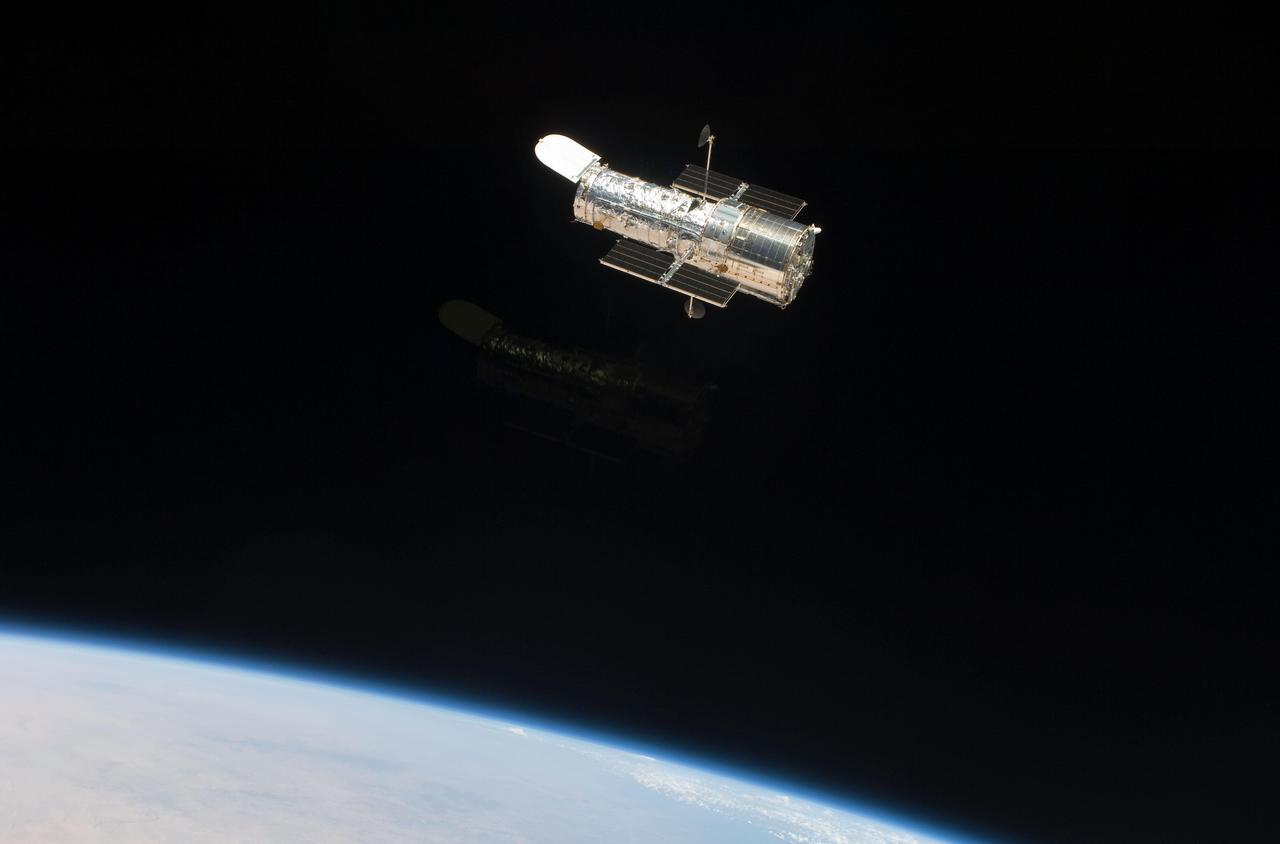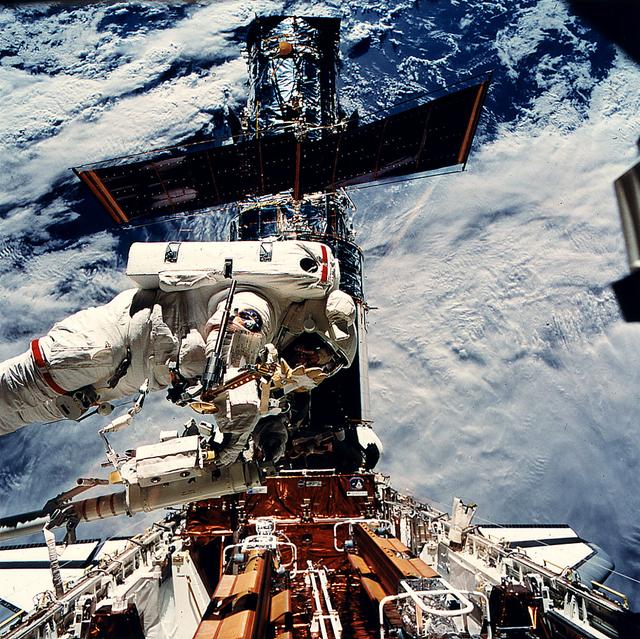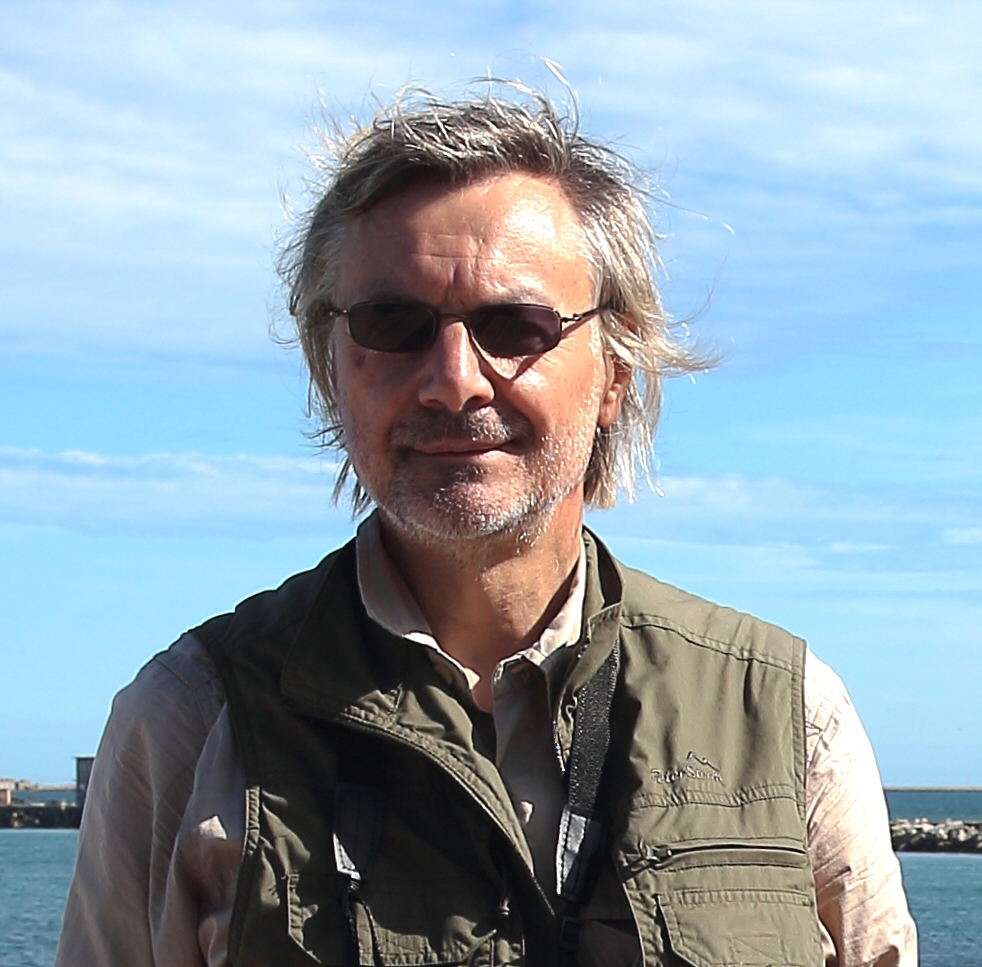Celebrating 30 years of the Hubble Space Telescope
Celebrating three decades of an icon of science — and a triumph of technology.

It's been 30 years since NASA launched the Hubble Space Telescope on April 24, 1990. The observatory was carried aloft in the payload bay of space shuttle Discovery, and for three decades Hubble's history was closely intertwined with the shuttle's. The telescope was originally scheduled for launch in 1986, but the tragic Challenger accident at the start of that year led to a four-year delay.
When Hubble finally made it into orbit, it still wasn't smooth sailing. Almost immediately, scientists discovered a serious flaw in the telescope's mirror that made stars look slightly blurred, rather than like sharp pinpoints of light. Since the whole point of putting Hubble above the Earth's atmosphere was to avoid the blurring that ground-based telescopes suffer from, this was disastrously bad news.
For any other astronomical satellite the situation would have been mission-ending, but not for Hubble, which was designed all along to be serviceable in space — another way its destiny was inextricably tied to the shuttle.
Related: The Hubble Space Telescope and 30 years that transformed our view of the universe
The first servicing flight, by space shuttle Endeavour in December 1993, was originally planned as a routine maintenance visit. Instead it became an urgent rescue mission. In a series of tense spacewalks, the astronauts replaced Hubble's main camera with a redesigned one and installed a corrective optics package for the other instruments.
In what may be the second greatest feat of human spaceflight (after the moon landings), Hubble was brought back up to its design spec. Now it could see all the wonders of the universe with a clarity that could never be achieved from Earth's surface. Four subsequent servicing missions, the last by space shuttle Atlantis in May 2009, have ensured Hubble remains the world's most powerful telescope to this day.
As dark as the night sky looks from ground level, it never gets completely black due to airglow in the atmosphere, which limits the ability of earthbound astronomers to take long-exposure photographs. At Hubble's high altitude, however, the background sky really is pitch black, which means it can see incredibly faint objects if it stares at the same patch of sky for long enough. That's the rationale behind one of Hubble's most impressive achievements: the series of 'deep-field' images, of which the first was released in 1996 and the most recent — the Hubble Extreme Deep Field (HXDF) — in 2012.
Get the Space.com Newsletter
Breaking space news, the latest updates on rocket launches, skywatching events and more!
"Before Hubble, we knew essentially nothing about galaxies in the first half of the life of the universe," Garth Illingworth, one of the scientists behind the project, told All About Space. "That's the first 7 billion years of the universe's 13.8-billion-year life. Now Hubble, through remarkable surveys like HXDF, has probed into the era of the first galaxies."
Through this type of work, Hubble has discovered galaxies like GN-z11, the most distant discovered by Hubble. "Just 400 million years after the Big Bang, Hubble is looking back through 97% of all time to see GN-z11, far outstripping what can be done with the biggest telescopes on the ground."
Although Hubble is best known for the spectacular images taken with its cameras, these are complemented by other, equally important instruments in the form of spectrographs. The latter add a whole new dimension, Hubble's senior project scientist Jennifer Wiseman said. "The spectrum taken with the STIS spectrograph on Hubble tells you about the composition of the gases and the material in the system, and the motions of the material as well. Having cameras and spectrographs gives you a very powerful combination of scientific tools."
Perhaps the most dramatic use of Hubble's spectrographs — and one that few astronomers would have envisioned when it was launched 30 years ago — is in exploring the atmospheres of recently discovered exoplanets around distant stars. "This technique called transmission spectroscopy has been leveraged about 100 times," Nikole Lewis, an exoplanet specialist at Cornell University, told All About Space. "We can actually look at starlight filtered through those planet atmospheres to find out something about what's in the air around these planets beyond our solar system."
It's particularly exciting to find traces of chemicals which, on Earth, we associate with life — water being the most obvious one. Hubble made headlines in 2019 with the first discovery of water in the atmosphere of an Earth-size exoplanet, K2-18b, which orbits in the habitable zone of a red dwarf star.
In its 30 years in space, the Hubble Space Telescope has contributed to every aspect of astronomy — from our own solar system to the most distant galaxies — and more than 15,000 scientific papers have been published detailing its results. These include many exciting new discoveries, including evidence of the supermassive black holes lurking in the centers of galaxies.
One Hubble scientist, Adam Riess of the Space Telescope Science Institute (STScI), which operates Hubble in partnership with NASA, was awarded a share of the 2011 Nobel Prize for his part in observations that the universe's expansion is accelerating, suggesting the presence of mysterious dark energy.

As the senior project scientist for Hubble, it's Jennifer Wiseman's job to keep track of the full range of Hubble's scientific activities in different areas of astronomy. "Thirty years into the mission, the scientific productivity of Hubble is at an all-time high," she told All About Space. "The reason is that the servicing missions, especially the final one in 2009, have been very successful, keeping Hubble very fit for great observations and cutting-edge science. Clever new observing techniques developed by Hubble scientists have boosted new discoveries as well. And the outstanding expert operations team on the ground — engineers, technicians, managers and computer support — keep diligent watch over Hubble's subsystems to keep science return at a maximum as Hubble ages."
So what's the payoff for the scientific community? "Currently there are almost a thousand science papers published every year based on data from Hubble," Wiseman said. "That's more than ever before. About half of these are based on data taken from the Hubble archive. This is fantastic. It means that data originally taken for one scientific purpose is being used again for a different scientific purpose — a great return on investment!"
Some of the scientists who work with Hubble today were still at school — or not even born — when it was launched 30 years ago, while others have been closely involved with it throughout that time. In the latter category is Colin Norman, a senior staff member at STScI who watched Hubble's launch from Cape Canaveral, Florida, in April 1990.
"Hubble has changed the landscape of astronomy and astrophysics," he said. "It has far exceeded its early goals — no other science facility has ever made such a range of fundamental discoveries. It's been a privilege to be associated with this effort that has become embedded in the culture of our time."
That last point is an interesting one. For all its groundbreaking scientific discoveries, Hubble's most unique achievement is arguably the inspirational impact it's had on the general public. It would be an understatement to say it's the most famous telescope in history.
Before Hubble, people without a special interest in astronomy probably couldn't have named a single telescope. Yet today 'Hubble' is a household name, instantly recognizable to people all over the world and a symbol of both the brilliance of human ingenuity and the wonders of the universe.
What's the reason for Hubble's uniquely iconic status? "It reads like a movie script; it has a story arc," Ray Villard, STScI's news director, said. "The anticipation of launch, the optical failure, redemption with the servicing missions — then more drama when it was cancelled in the last decade."
Fortunately that cancellation was averted, and Hubble is still with us — hopefully for many years to come. As Villard says, "Well toward 2030 we're back to doing some of the best science we think we can ever do with Hubble."
- How the Hubble Space Telescope works (infographic)
- The best Hubble Space Telescope images of all time!
- Hubble captures a 'Cosmic Reef' in stunning 30th anniversary image
This article was adapted from a previous version published in All About Space Bookazine, a Future Ltd. publication. Follow us on Twitter @Spacedotcom and on Facebook.
OFFER: Save 45% on 'All About Space' 'How it Works' and 'All About History'!
For a limited time, you can take out a digital subscription to any of our best-selling science magazines for just $2.38 per month, or 45% off the standard price for the first three months.
Join our Space Forums to keep talking space on the latest missions, night sky and more! And if you have a news tip, correction or comment, let us know at: community@space.com.

Andrew May holds a Ph.D. in astrophysics from Manchester University, U.K. For 30 years, he worked in the academic, government and private sectors, before becoming a science writer where he has written for Fortean Times, How It Works, All About Space, BBC Science Focus, among others. He has also written a selection of books including Cosmic Impact and Astrobiology: The Search for Life Elsewhere in the Universe, published by Icon Books.











